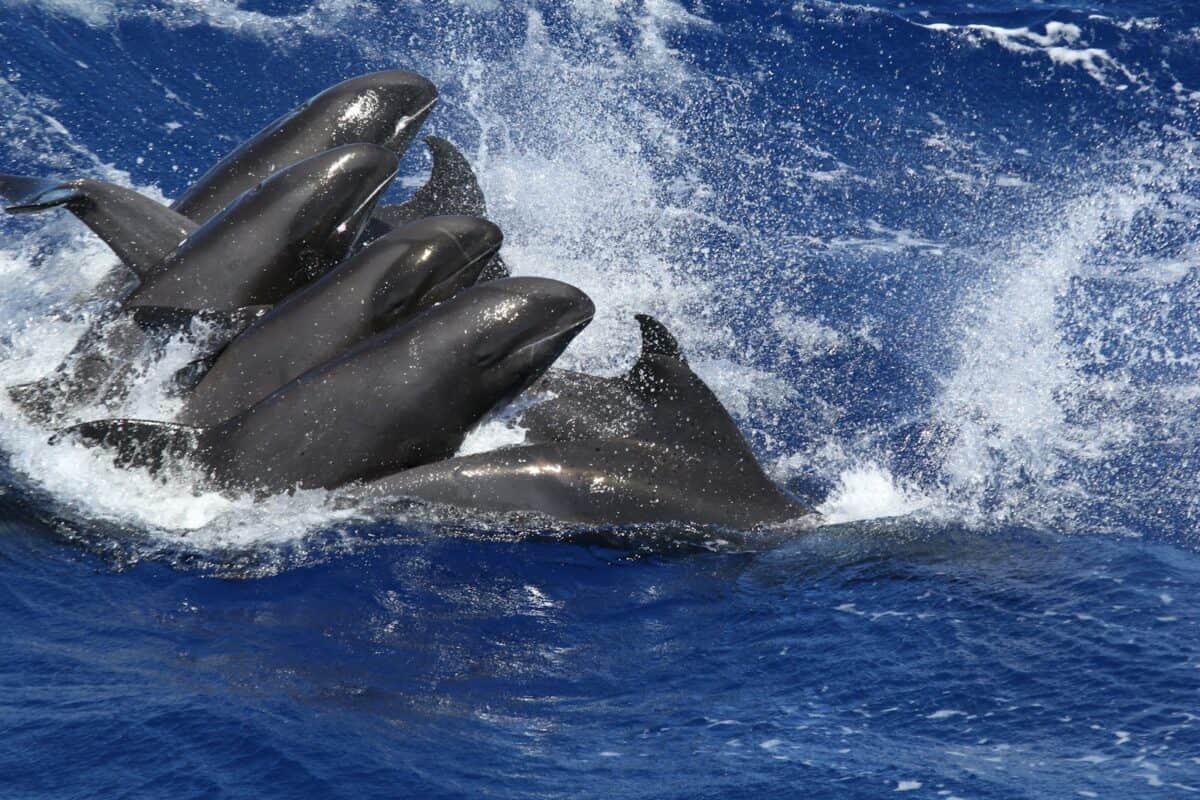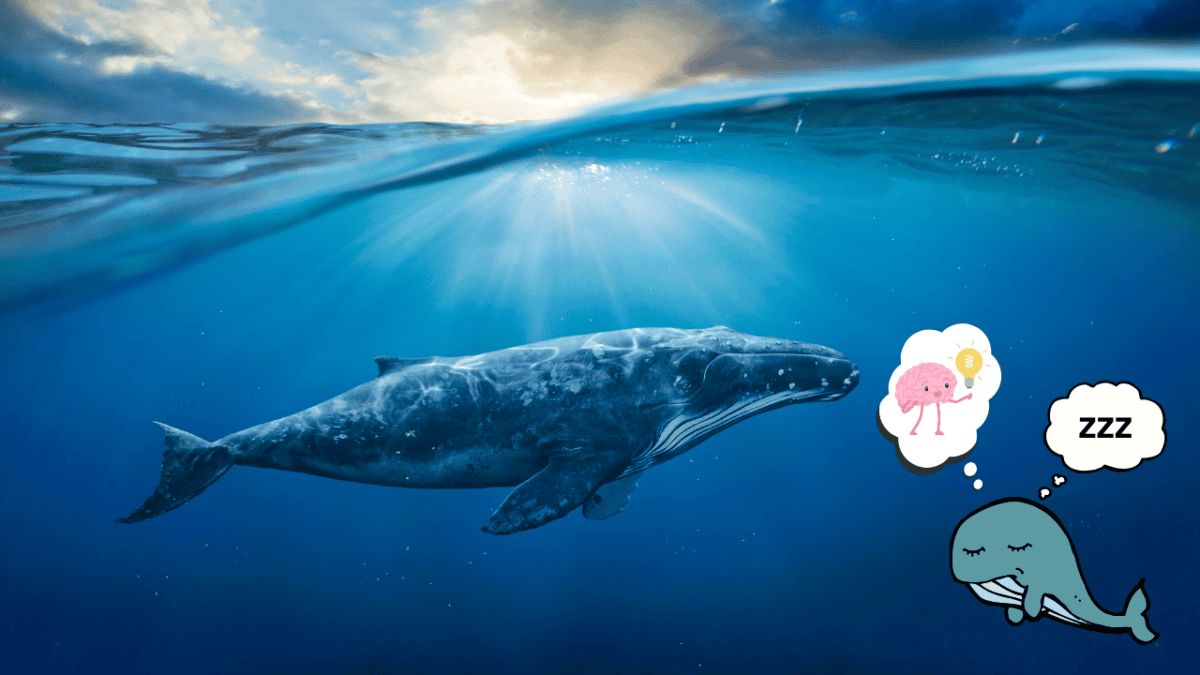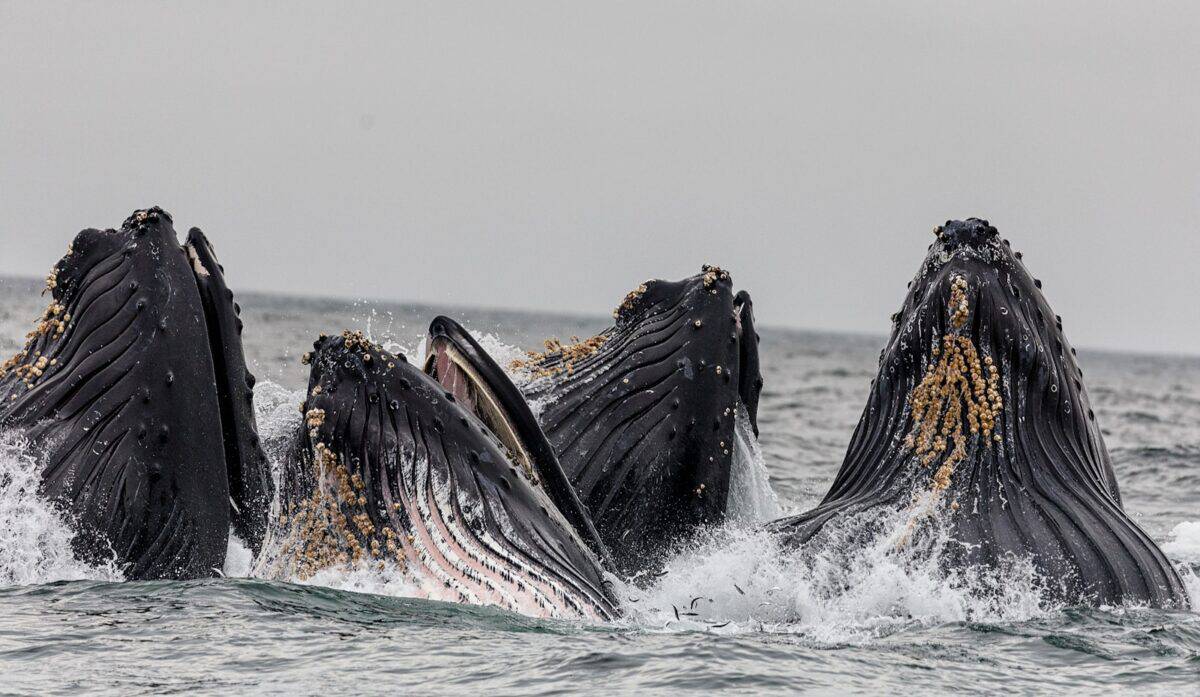Whales have long fascinated humans with their immense size, intelligence, and grace. Among these magnificent creatures, some stand out not just due to their enormity but also because they offer a window into the mysteries of our vast oceans. This article explores the incredible journey of the largest whale ever caught on camera, unraveling its secrets to give us a deeper understanding of these gentle giants.
A Glimpse Into the World of Whales

Whales, the largest mammals on Earth, belong to the cetacean family, which also includes dolphins and porpoises. Ranging from the minute dwarf sperm whale to the colossal blue whale, these creatures have adapted beautifully to the marine environment over millions of years. Their size alone places them among the most intriguing animals on the planet, drawing scientists and marine enthusiasts alike.
Documenting the Giant: Historical Efforts

With technology’s evolution, capturing a whale on camera has transitioned from being almost impossible to stunningly feasible. Historical efforts, though limited by early technology, laid the foundation for understanding whale behavior and documenting these leviathans. Early marine photography required cumbersome equipment and great patience, but perseverance delivered our first visual insights into the life of these giants.
Advancements in Modern Capture Techniques

Today, cutting-edge technology has revolutionized how marine biologists record and study whales. Drones, underwater cameras, and satellite tagging have opened new frontiers in whale observation. These advancements allow researchers to track movements, social behavior, and population dynamics with unprecedented detail, offering more refined data and breathtaking visuals of these extraordinary creatures.
The Largest Whale Captured on Film

In recent years, an awe-inspiring feat was achieved by capturing footage of what is considered the largest whale ever documented on camera. This blue whale was observed off the coast of California, its sheer size leaving even seasoned researchers astounded. Estimated to be over 100 feet long and weighing close to 200 tons, this remarkable specimen provides a rare glimpse into the upper limits of nature’s creations.
The Majestic Blue Whale: Nature’s Titan

Classified as the largest known animal to have ever existed, the blue whale is a true marvel. Despite its enormous size, it is a graceful swimmer, equipped with a large heart and an elaborate circulatory system to support its vast body. Blue whales primarily feed on krill, consuming up to 4 tons a day during feeding season, demonstrating the intricate balance of nature required to sustain such a creature.
Understanding Whale Behavior Through Imagery

The availability of high-quality imagery has brought a deeper understanding of whale behavior. Observations have revealed complex social structures, migration patterns, and maternal care that challenge our understanding of animal intelligence and socialization. Capturing these behaviors on camera helps validate theoretical research and invites new questions about how these ocean titans interact with their environment.
The Role of Whales in Marine Ecosystems

Whales play a crucial ecological role in maintaining ocean health. Their massive nutrient outputs stimulate plankton growth, which serves as the foundation of the marine food web. As such, whales help regulate carbon cycles and promote biodiversity, underscoring the interconnectedness between whale conservation and ocean health.
Challenges to Whale Populations

Despite their size, whales face numerous threats, including ship strikes, entanglement in fishing gear, habitat loss, and climate change. Historical whaling dramatically reduced their numbers, although conservation efforts are helping populations recover. Film documentation of large whales highlights their vulnerability and emphasizes the need for continued protective measures.
Whale Conservation Efforts and Their Impact

Numerous organizations are dedicated to whale conservation, employing various strategies like marine protected areas, policy advocacy, and international cooperation. By capturing the world’s largest whale on camera, advocates demonstrate the awe-inspiring nature of these creatures, fostering public support and driving policy changes to ensure their survival.
Viewing Possibilities for Nature Enthusiasts

For those wishing to appreciate these marine giants firsthand, whale-watching tours offer a chance to witness whales in their natural setting. Equipped with knowledge from literature and visual media, enthusiasts can observe these creatures with appreciation and understanding, realizing the immense scale upon seeing them breach or glide beside their vessels.
The Future of Whale Research and Media

As technology continues to evolve, so too do opportunities for documenting and studying whales. Future advancements may include more sophisticated tagging systems, better data analytics, and enhanced virtual reality experiences, providing even greater insights and public engagement in whale research and preservation.
Reflecting on the Majesty of Giants

The largest whale ever caught on camera serves as a powerful reminder of Earth’s incredible biodiversity. It highlights both the achievements of modern science and the enduring mysteries of the natural world. As stewards of the ocean, humans hold the responsibility to preserve these giants for future generations, ensuring that the awe they inspire continues to thrive.
In conclusion, the journey of the largest whale ever documented on camera paints a vivid picture of the ocean’s majestic inhabitants. By understanding their role in marine ecosystems and advocating for their conservation, we can celebrate and protect the incredible diversity our planet offers.
- The Largest Whale Ever Caught on Camera - August 10, 2025
- The Amazing Memory of Migratory Monarch Butterflies - August 10, 2025
- How Some Animals Can Regrow Their Body Parts - August 10, 2025

